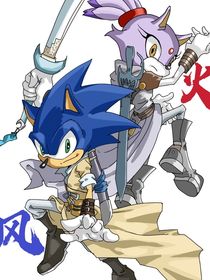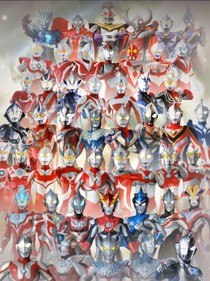13、词汇语法大全(2) (6-2)
Then I started to watch TV.
然后我开始看电视。
I am beginning to understand my parents.
我开始理解我的��母。
I like to eat vegetables.
我喜欢吃蔬菜。
(4)后接动词不定式或v-ing形式作宾语,意思差别较大的动词有forget, remember等。后接不定式作宾语,表动作尚未发生;后接ving形式作宾语,表动作已经发生。
stop to do停下来做另外一件事,to do是目的状语;stop doing停止做、不做当前这件事,doing是宾语;
try to do尽力做,try doing试试看;
go on to do接着做另外的事,go on doing继续做原来的事。如:
When I left home, I forgot to bring it with me.
我离开家时,忘记带上它了。
I stopped using them last year.
去年,我停止使用它们。
4. 用作定语
(1)表将来时。
The question to be discussed next meeting is a difficult one.
下次会议要讨论的这个问题非常难。
(2)当被修饰词是最高级或序数词或被其修饰时。
He is always the first man to come to the office.
他总是第一个来到办公室。
He is the best man to do the job.
他是做这项工作最好的人选。
(3)被修饰词是抽象名词时。
This is the best way to work out the maths problem.
这是解决这道数学题最好的办法。
I have a chance to travel to London.
我又一个去伦敦旅行的机会。
5. 用作宾语补足语
(1)带to的动词不定式作宾语补足语的动词主要有:
要求允许提议(ask, allow, , advise);
期望邀请鼓励(expect, , invite, encourage);
教导告诉想要(teach, tell, want);
等待希望愿意(wait for, wish, would like / love)。如:
I’d invite her to have dinner at my house.
我想要邀请她来我家吃晚饭。
We should allow the children to choose their own clothes.
我们应该允许孩子们选择自己的服装。
(2)动词不定式作补语,在主动语态句里不带to,被动语态句里带to时,多数动词是感官动词和使役动词。
包括四“看”:look at, observe, see, watch;
三“让”:have, let, make;
二“听”:hear, listen to;
一“感觉”:feel;
一“注意”:notice。如
This picture makes me feel excited!
这幅画使我感觉很兴奋。
初中重要短语及知识点总结提示您:看后求收藏(同人小说网http://tongren.me),接着再看更方便。
相关小说
- 丧尸爆发,我与舍友杀出重围
- 丧尸爆发
- 0.2万字4个月前
- 索尼克:破晓之前
- 这只是一部充满了大量ooc和世界观变动的发癫作品
- 10.1万字4个月前
- 三国复汉
- 一段重新讲述三国的故事。
- 51.6万字4个月前
- (综漫)coser的征程
- 弥补所有的意难平在这里你可以看见:(咒回线)“刀刀团”夏虎惠[完](东卍线)白发杀人不眨眼的白麦[完](东卍线)25岁的大哥[完](文野线)......
- 7.5万字4个月前
- 作者哒碎碎念
- 作者专门出的碎碎念。通知什么的都在这儿~~~
- 3.1万字4个月前
- 奥特曼M78学院
- M78学院会发生什么有趣的事呢?让我们拭目以待。而且这是一篇拟人文,奥特战士的样子都是拟人的模样(老规矩,不喜勿喷)
- 17.7万字4个月前





